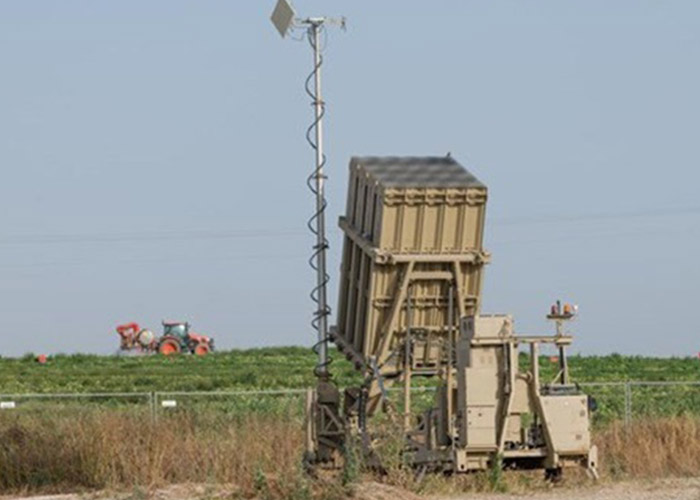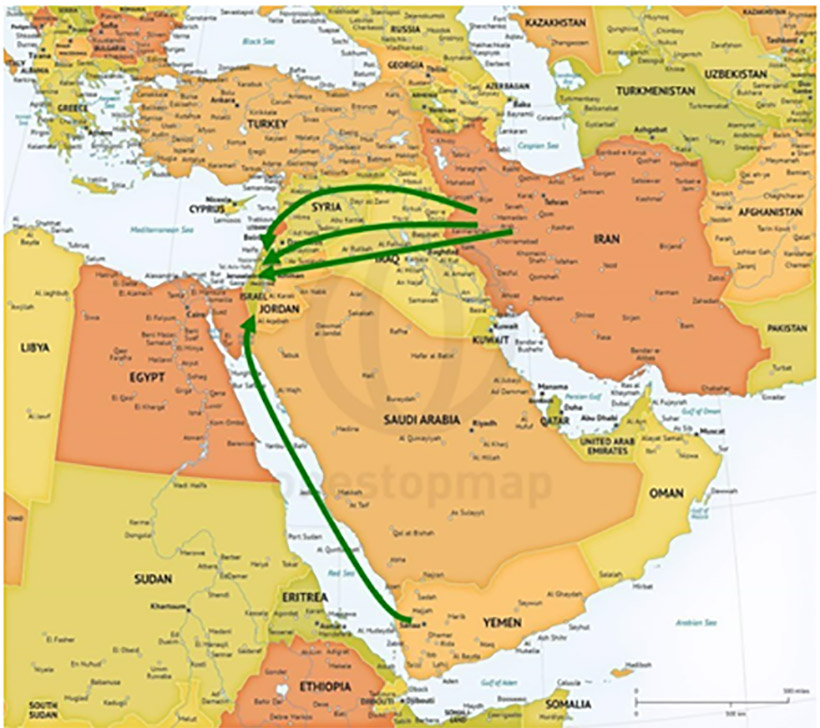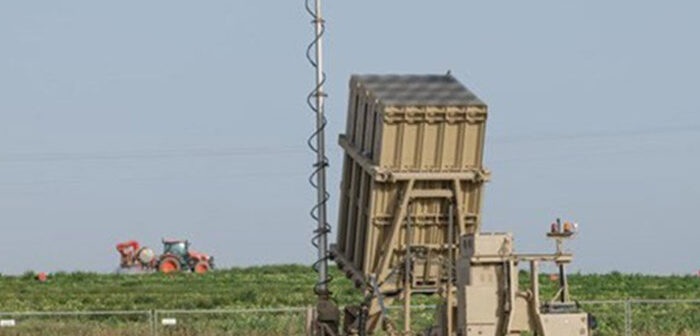
Published with permission from the BESA Centre.
BESA Center Perspectives Paper
Over the past six weeks there has been an escalation in Israeli air strikes against Iranian, Hezbollah, and other pro-Iranian militia locations in Syria.
The most powerful strike, on 1 April, killed the commander, the deputy commander, and several staff members of the Iranian Revolutionary Guard force coordinating the actions of all the allied and proxy Iranian forces operating against Israel.
These are the highest-ranking Iranian officers to have been killed since the 2020 assassination by the US of Qassem Soleimani, who was chief of the Iranian al-Quds organization and responsible for all Iranian operations outside Iran aimed at the US, Israel, and pro-western Arab states.
The targets of the 1 April strike were convening in a building adjacent to the Iranian embassy in Damascus. The Iranians claim the building was in fact a consulate, so Israel placed its embassies across the world on alert for a tit-for-tat retaliation.
During the night of 13-14 April, after two weeks of threats, the Iranians retaliated with their first-ever direct attack from Iranian territory into Israel.
The operation is called “The True Promise.”
According to Israeli officials, Iran launched a barrage containing 185 explosive drones (nicknamed “suicide-drones”), 36 cruise missiles, and at least 110 ballistic missiles. In addition to the direct Iranian action, their various allies and proxies – the Houthis in Yemen, Iraqi Hezbollah forces in Iraq and Syria, and the Lebanese Hezbollah – also fired at Israel.
The attack appeared to involve four waves of launches: two of explosive drones, then the cruise missiles and then the ballistic missiles.
The wave sequence, which closely resembles the tactic used by Russia in its strikes on Ukraine, was intended to do two things:
First, to deliver the different weapons so their arrival at their targets would be either simultaneous or with only short intervals between them.
Each weapon flies at a different speed (drones are the slowest and ballistic missiles the fastest). They may have been flown on different routes to achieve near-concurrent arrival timing.
Secondly, to inundate Israel’s anti-rocket/missile defenses; compel it to use up its stores of ready-to-launch interceptor missiles to combat the first, less powerful drones (40-50 kilograms of explosive each) just prior to the arrival of the heavier explosive-payload-carrying missiles (depending on the model, they range from a few hundred to 1,200 kilograms each); and deprive Israel of sufficient time to reload the interceptor batteries before the latter arrived.
To reach Israel from Iran, the drones and missiles flew over Iraq, with some then proceeding through Syria and others through Jordan.
Another possible route was over Saudi Arabia, then over southern Jordan or northeastern Egypt, but there have as yet been no reports suggesting the Iranians used this route.
Probable Flight Routes







